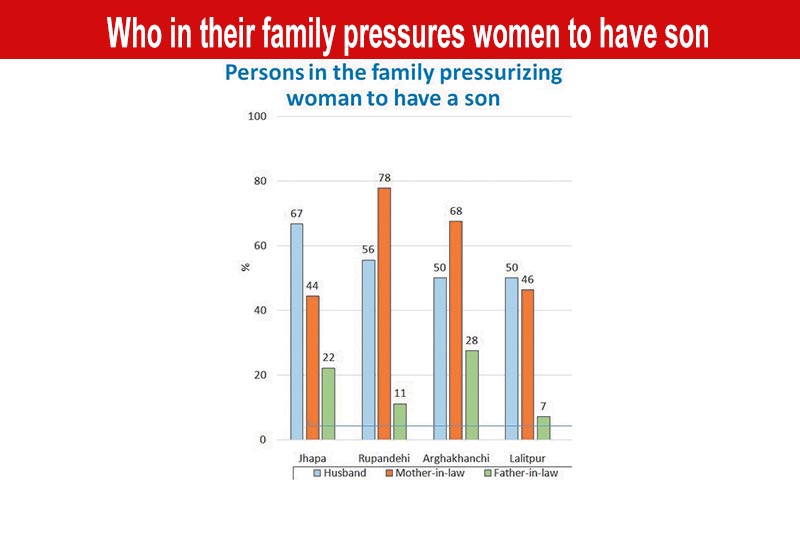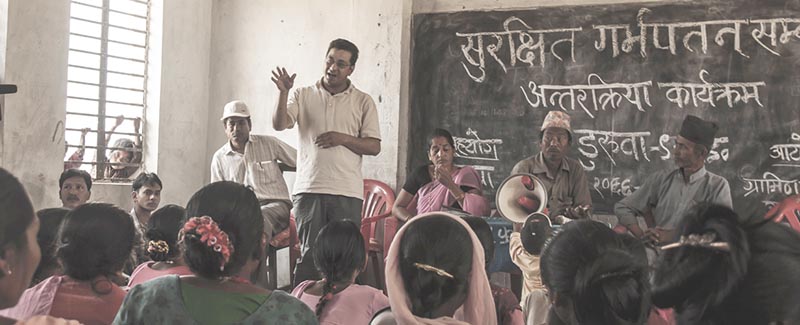Nepalis showing strong desire for male child
Kathmandu, March 15
Nepal is gradually emerging as a country with a strong preference for male child, as some parts of the nation have started seeing birth of as many as 119 male children for every 100 newborn female children.
This new trend is the result of high level of preference for sons, growing number of sex-selective abortions, gender discrimination and declining fertility rate, which, in turn, is prompting couples to be selective on the gender of the offspring, according to a study jointly conducted by the United Nations Population Fund (UNFPA) and Centre for Research on Environment, Health and Population.
Globally, the ratio between males and females at birth is biased towards the male sex. The natural sex ratio at birth is often considered to be around 105, according to the World Health Organisation. This means 105 male children are born for every 100 female children who are conceived worldwide.
But when the sex ratio at birth exceeds 106, it indicates a society with prevalence of gender-biased sex selection, according to the UNFPA.
Nepal’s natural sex ratio at birth stood at 98 males per 100 females in 2000, according to Nepal Demographic Health Survey. That ratio shot up to 110 males per 100 females in 2015. If this continues, the number of females will decrease in the near future, although the latest census shows that 53 per cent of the total country’s population comprises females.
Some of the districts that have started recording the birth of far more male children are Arghakhanchi, Rupandehi, Lalitpur and Jhapa.

The sex ratio at birth in Arghakhanchi stood at 119 males per 100 females in the last fiscal year, according to estimates of the District Health Office. Sex ratio at birth in Lalitpur ticked 113 males per 100 females, while that ratio in Jhapa and Rupandehi stood at 109 and 107, respectively.
A study conducted by CREPHA in 2017 showed that 89 per cent of pregnant women who have previously given birth to two or more female children desire a male child. Also, 73 per cent of pregnant women with a daughter also desire for a male child.
“Many couples want to have at least one son these days, as the fertility rate is declining,” said UNFPA Country Representative Lubna Baqi. Nepal’s fertility rate, or the average number of children a woman gives birth to, has dropped from 4.1 in 2001 to 2.3 in 2016. “This is promoting gender-based sex selection because of preference for male children,” said Baqi.
A study conducted by CREPHA last year showed that 26.3 per cent of pregnant women in Arghakhanchi and 17.2 per cent of pregnant women in Lalitpur had undergone abortion after knowing the foetuses were female.
Foetuses are being killed despite a ban on sex-selective abortions. As per the law, those who perform or ask to perform sex determination test of the foetus can face jail sentence of three to six months. People who perform or ask to perform abortions after determination of the sex of the foetus can end up behind bars for a period of a year. “All sex-selective abortions are taking place illegally with the help of doctors. Such doctors should be punished,” said Dr Heera Tuladhar, president of Nepal Society of Obstetricians and Gynaecologists.






